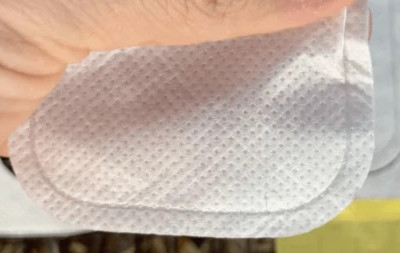It’s one of the enduring images of a humanitarian aid mobilization: military transport planes lined up on runways, ready to receive pallets of every conceivable supply. The cardboard boxes on those shrink-wrapped pallets are filled with everything from baby formula to drinking water, and will join crates filled with the tools and materials needed to shelter, clothe, feed, and heal people in places where civilization has suddenly come into short supply thanks to a disaster, sometimes natural, but often man-made.
What if it didn’t need to be that way? What if, instead of flight after flight of supplies sent in to help rebuild, perhaps just one flight was needed, one stuffed with the tools of our trade: 3D-printers, Arduinos, electronic components, machine tools, and the experts to use them. It certainly wouldn’t make up for the short-term need for food and water, but importing the ability to manufacture the items needed locally would go a long way to repairing infrastructure in the disaster area.
Rethinking disaster response is the core mission of Field Ready, one of the groups we’ve partnered with for the 2020 Hackaday Prize. By way of introduction to this non-profit with a potentially world-changing mission, and to help those who are participating in the 2020 Hackaday Prize challenges, here’s a little bit about Field Ready — what they do, how they see digital manufacturing fitting into their mission, and where they’re going in the future.
Supply Threads
If the first half of 2020 has taught us anything, it’s that this world lives and dies by supply chains. The term “chain” is perhaps a bit oxymoronic, as it implies strength and stability. But as we’ve all learned, our supply chains are more like threads, easily broken and difficult to mend. The globally distributed supply chain that giveth inexpensive goods en masse can also taketh them away, especially in disaster zones.
It was with these bottlenecks in mind that Field Ready was conceived by Eric James, Dara Dotz, and Nick Haan in 2012. Their idea was to transform the logistics of disaster relief using the power of flexible manufacturing to essentially bring a “build anything” factory to the disaster. Since incorporating and receiving their non-profit status in 2014, they’ve tested their system with field responses to a wide range of humanitarian crises, starting with the 2015 earthquakes in Nepal.
After assessing the ravaged country’s needs, Field Ready helped start up a digital manufacturing lab in Kathmandu to manufacture whatever was needed by the host of aid agencies that flooded into the disaster area. The medical instruments and repair parts that the lab created could have been ordered, but with roads knocked out by the quakes and supply lines frayed, making them on-site was quicker and easier. In 2016, Field Ready made over 5,000 items. In addition, they trained over 600 people how to run the machines in the lab, leaving Nepal with the capacity to continue rebuilding, not to mention leaving them well-positioned to respond to the current COVID-19 crisis by …read more
Source:: Hackaday

